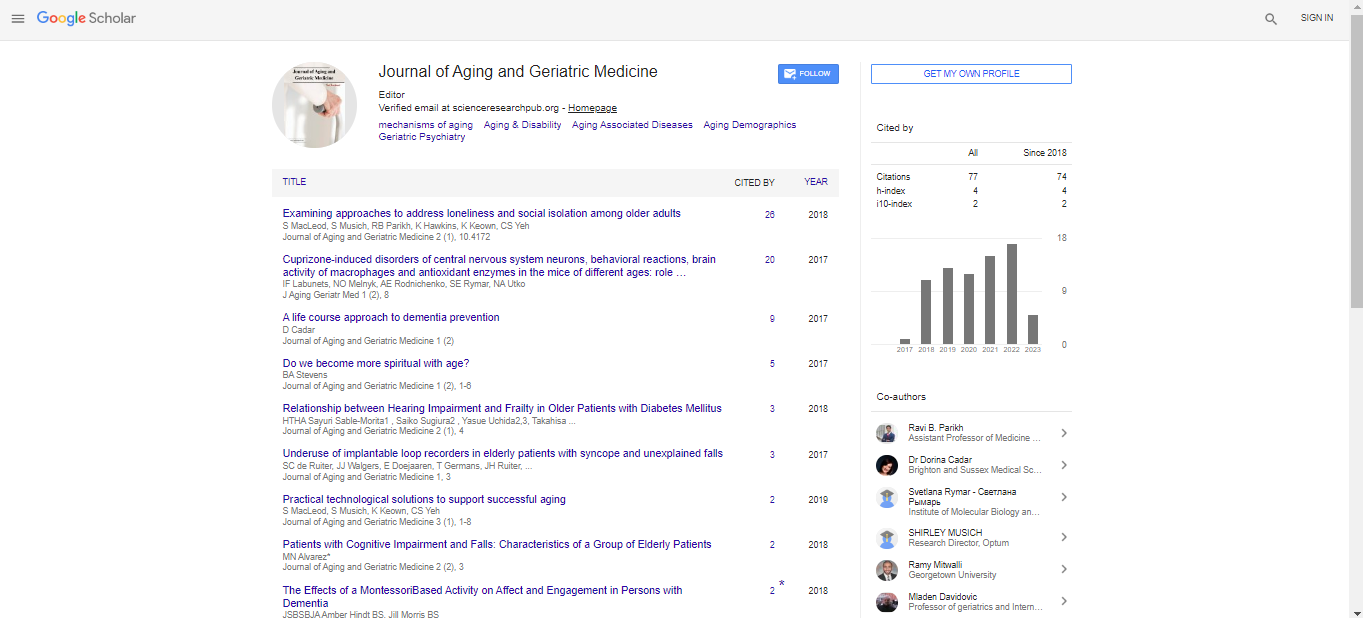Comparison of fractional carbon dioxide laser and fractional microneedle radiofrequency in the treatment of atrophic acne scars in skin of color
Ritika Shanmugam
Dr Dixit Clinics, India
: J Aging Geriatr Med
Abstract
Introduction & Objectives: Scarring is one of the most common and difficult to treat sequelae of acne. Acne scars have a negative impact on the quality of life of those affected. The objective of this study was to compare the effects, number of treatments required and side effects of fractional CO2 laser and fractional Microneedle Radiofrequency (MnRF) in treatment of acne scars.
Materials & Methods: Twenty (20) patients with acne scars and were included in the study, 10 in each group. Patients in each group underwent 4 sessions of either CO2 laser or MnRF one month apart. The therapeutic response to treatment was assessed at each follow up visit and then finally 4 months after the last treatment. Response to treatment was labelled as ‘excellent’ if there was >50% improvement in scar appearance and texture, while 25-50% response and <25% improvement were labelled as ‘good’ and ‘poor’ respectively. Overall satisfaction of the patients and any adverse reactions to the treatment were noted.
Results: A significant improvement is acne scars was seen in all the patients, with 90% reporting excellent results in both cohorts. The downtime of MnRF treatment was negligible (<24 hours) whereas it was an average of 4 days with CO2 laser. Post-inflammatory hyperpigmentation and persistent erythema were the most common complication, both observed in one patient from the CO2 group.
Conclusion: Both Mnrf and CO2 lasers are equally effective in treatment of acne scars, however, patients prefer MnRF due less downtime. Cost of MnRF may be higher to patient due to the consumables involved.
Biography
E-mail: shanmugamritika@gmail.com
 Spanish
Spanish  Chinese
Chinese  Russian
Russian  German
German  French
French  Japanese
Japanese  Portuguese
Portuguese  Hindi
Hindi 